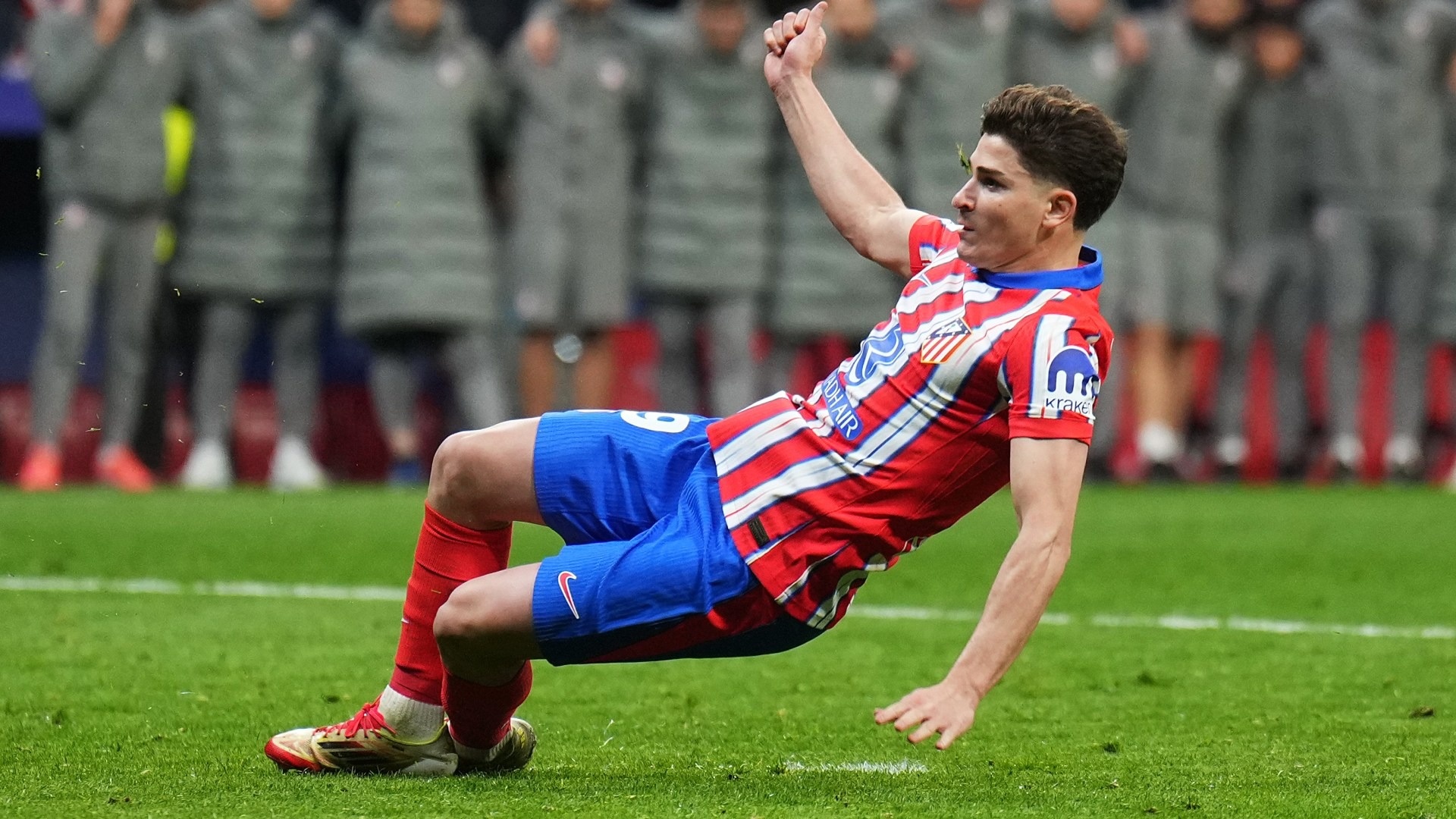
Atletico Madrid's Champions League dream this season ended in the most unbelievable way, when the cold precision of technology caused the team to be eliminated on penalties by Real Madrid.
In fact, the television cameras were unable to show viewers or confirm exactly when Alvarez had committed a double-touch penalty. The incident happened so quickly that everyone only knew when the referee made the final decision.
However, 21st century technology has exposed all that. Although still criticized, computer assistance is still an important factor in ensuring fairness in football.
Semi-automatic offside technology (SAOT)
At the Metropilitano Stadium, Atletico met Real Madrid in the second leg of the Champions League round of 16. In the second penalty shootout, Julian Alvarez was assigned the task. Despite slipping, the Argentine striker still defeated Thibaut Courtois with a shot into the middle of the goal.
However, Alvarez's penalty kick was disallowed. VAR intervened and determined that the Atletico player touched the ball twice during the penalty shootout.
The fatal slip caused Alvarez's supporting foot to lightly touch the ball. When the player born in 2000 swung his foot to finish, it was counted as the second touch of the ball.
According to CBS , the key point of this situation lies in the automatic technology applied by UEFA to assist referees in the Champions League this season.
Christina Unkel - former FIFA referee confirmed that Polish "man in black" Szymon Marciniak was advised by semi-automatic offside technology (SAOT).
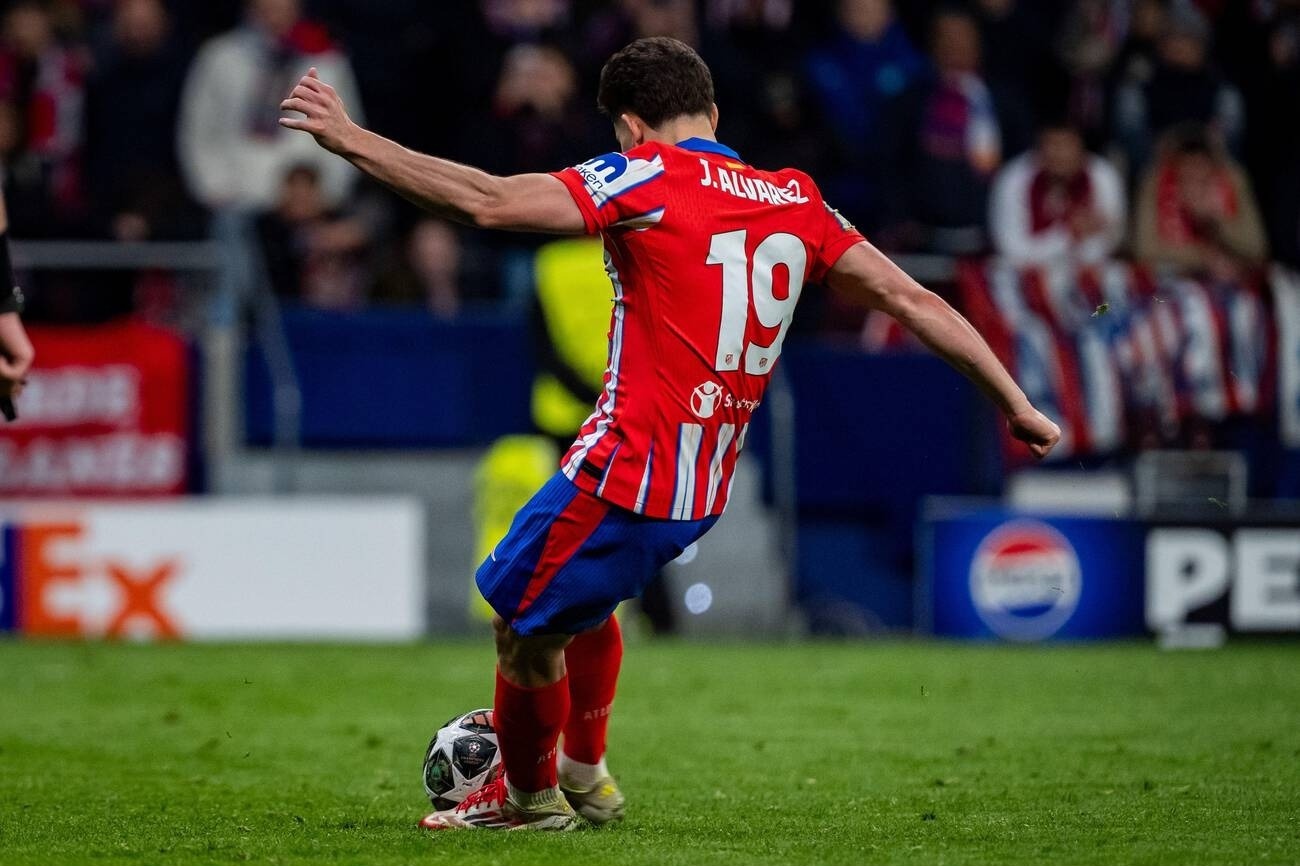 |
Semi-automatic offside technology (SAOT) determined that Julian Alvarez had touched the ball twice when taking the penalty kick. Photo: Alamy. |
The Independent made a similar assessment, adding that the Champions League ball does not have an integrated chip like those used at the Euros or World Cups to determine impact.
"VAR also has semi-automatic offside technology, which allows it to see the free kick spot and has additional technology to detect when the ball has been touched. This technology has about 26 different cameras that track every movement of the player's limbs," Ms. Unkel explained.
Before SAOT was implemented, the current VAR system took a long time to determine offside situations, as the referee and graphics staff had to manually draw two lines on the screen, and determine the "touch point" to make an offside judgment.
However, with SAOT, this process is automated, providing the VAR room with two lines and the “touch point”. The decision is then reviewed by the VAR team one last time before the official decision is communicated to the referee. Notifications are also sent to spectators in the stadium and to viewers on television.
“Smart Ball”
In the 54th minute of Portugal's 2-0 win over Uruguay in Group H of the 2022 World Cup, from a position on the left wing, Fernandes pressed the ball into the penalty area for Ronaldo to escape. CR7 jumped high and headed the ball into Uruguay's goal.
The Portuguese captain then ran to the corner of the pitch to celebrate the opening goal with Fernandes. If recognized, Ronaldo will have scored the ninth goal of his career at the World Cup.
However, the ball named Al Rihla showed its role when confirming that the striker wearing the number 7 shirt was not the player who touched the ball last.
No external impact was measured, as the internal devices did not show a 'heartbeat', as shown in the attached photo," Daily Mail quoted a response from Adidas - the ball manufacturer.
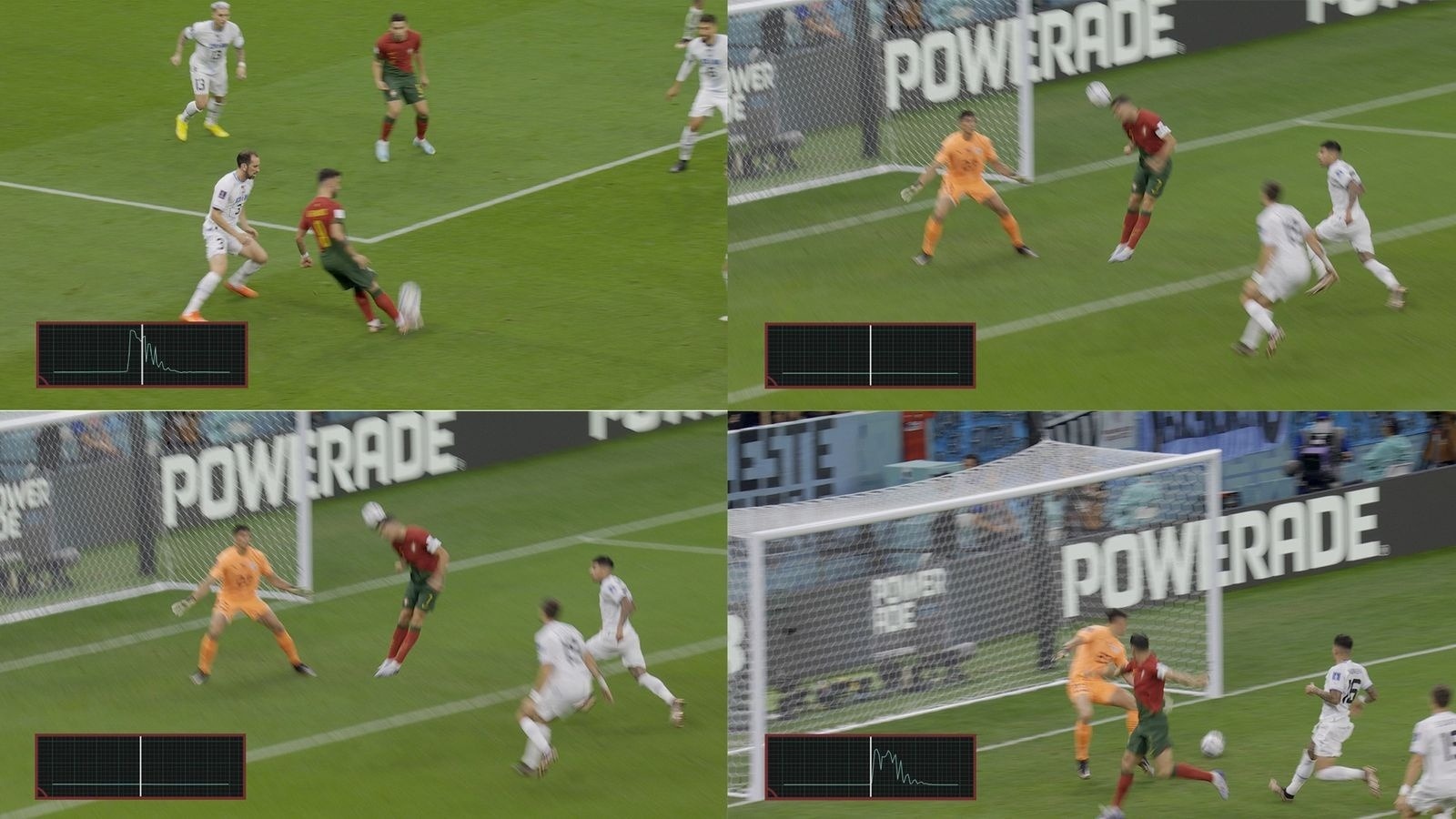 |
The chip in the ball used at the 2022 World Cup has accurately determined that Ronaldo was not the player who touched the ball last. Photo: Adidas. |
Inside each of these balls is a device designed by KINEXON, a well-known company in the sports performance tracking industry. According to the company, the device weighs just 14 grams and includes two separate sensors that work simultaneously.
The system records any impact on Al Rihla, be it a kick, header, throw or even a touch, at a rate of 500 times per second. This data is sent in real time to the local positioning system (LPS), which consists of multiple antennas placed around the pitch that receive and store the data.
Accordingly, data from Al Rihla provided the answer to this controversial situation thanks to the super-sensitive sensor system built inside. The microchip in the ball determined that there was no impact, causing the goal to be counted for Bruno Fernandes.
To further confirm, the German manufacturer claims the IMU sensor with a 500 Hz (beats per second) pulse in the ball is "highly accurate".
Snickometer
At EURO 2024, the combination of two smart ball technologies and the "speed measuring" Snickometer technology cost Belgium a goal in a 0-1 loss to Slovakia.
Specifically, in the situation where Belgium scored in the 86th minute, Lois Openda controlled the ball before escaping to the sideline and crossing for Lukaku to finish.
However, the VAR team stepped in when it detected Openda's hand signal. The Snickometer, combined with a motion-sensing microchip embedded in the EURO 2024 match ball, provided irrefutable evidence when a "heartbeat" graphic showed that there had been an impact at the moment the Belgian player raised his hand.
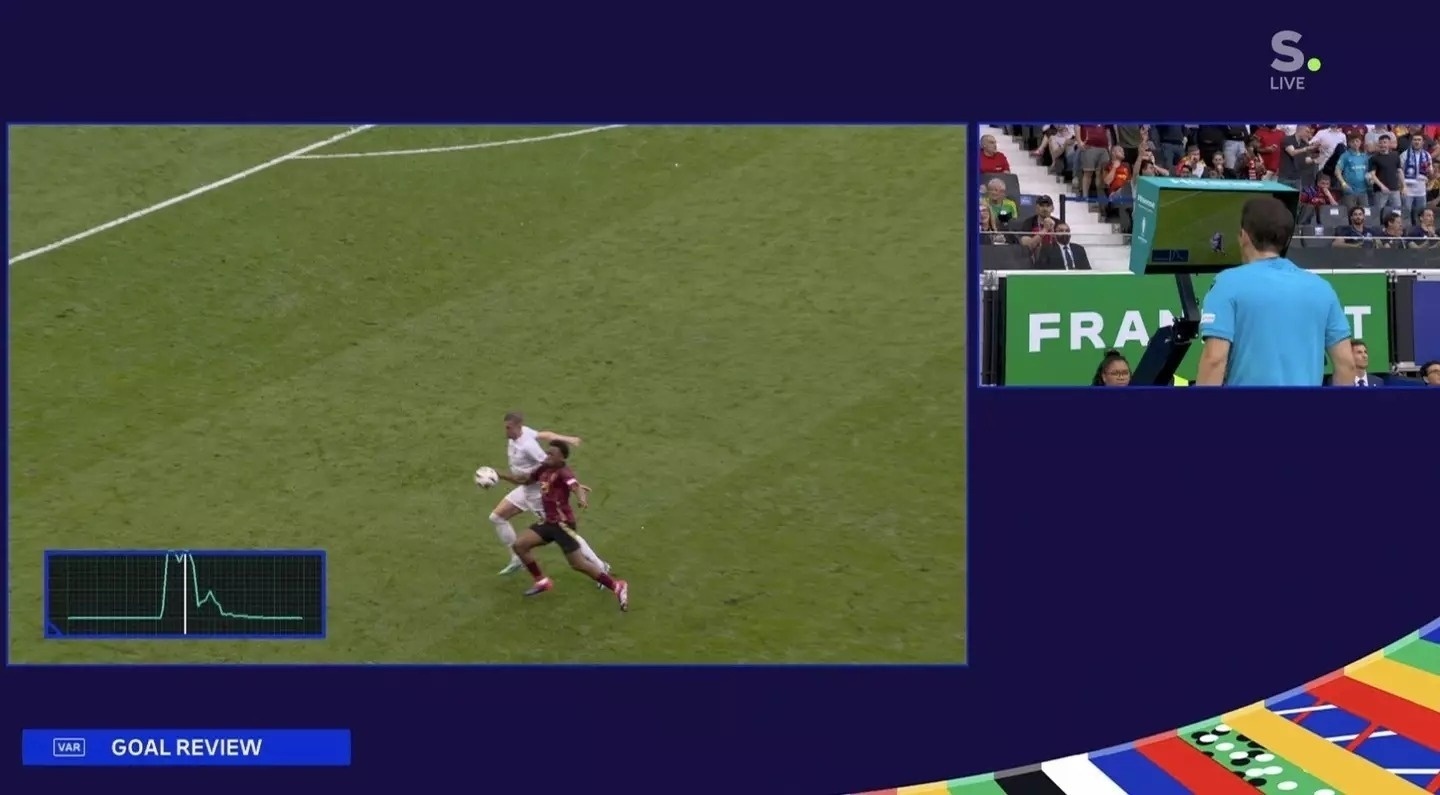 |
Openda's hand impact was detected by "speedometer" technology. |
This also marks the first time a goal has been disallowed by this technology at EURO. In addition, for the first time, viewers watching EURO on television are provided with more objective evidence of referees' decisions to blow handballs or offsides.
This technology allows viewers to analyze the sound and video of the match to determine whether the ball touched the stick or not.
When applied to soccer, this “speed meter” would display a frame-by-frame replay of the ball flying through the air, along with a waveform that provides a visual representation of the sound waves picked up by an extremely sensitive microphone.
Goal line
In the 89th minute of the match between Liverpool and Ajax in the second round of Group A of the 2022 Champions League, from a corner kick by Tsimikas, Joel Matip jumped high to head the ball but was cleared by Dusan Tadic.
However, the Anfield stands exploded when referee Soares Dias pointed to the center circle. Goal-line technology determined that the ball had crossed the line before Tadic's touch.
The little time left was not enough for Ajax to turn the game around. The Dutch champions only had one chance in the second half, Daley Blind's header narrowly missed the post.
Goal-line technology was created to provide the fairest answer to controversial situations on the goal line. In July 2012, IFAB officially allowed the use of goal-line technology in the Laws of the Game.
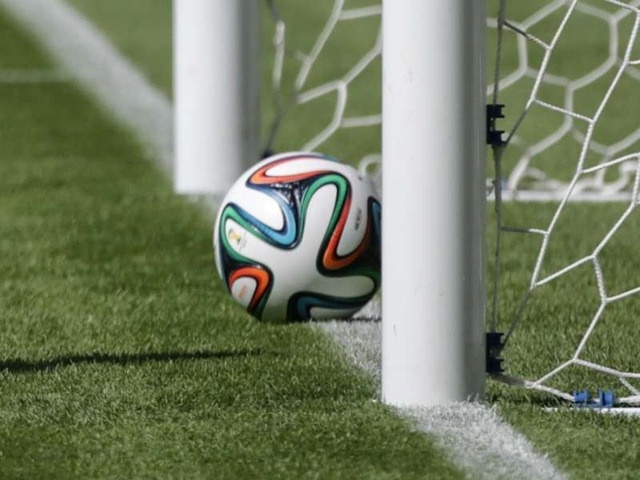 |
Goal-line technology has helped resolve many controversial goals on the goal line. Photo: FIFA. |
However, due to its high cost, goal-line has only been used in top European national championships and major international tournaments such as the World Cup since 2014.
Goal-line technology includes many types of devices that are intended to identify and analyze data on the path and position of the ball relative to the goal line to count as a goal.
In this technology, the system uses 14 advanced cameras installed around the stadium, facing both sides of the goal, 7 cameras per side. All of those cameras will focus on capturing the image of the ball at high speed and absolute accuracy.
If the ball crosses the line, a notification signal will be sent via the referee's smartwatch or headset to officially acknowledge it.
Source: https://znews.vn/alvarez-khong-phai-nan-nhan-duy-nhat-cua-cong-nghe-trong-bong-da-post1537856.html







![[Photo] President Luong Cuong talks on the phone with South Korean President Lee Jae Myung](https://vphoto.vietnam.vn/thumb/1200x675/vietnam/resource/IMAGE/2025/6/13/eee54a4c903f49bda277272b1dda68e8)
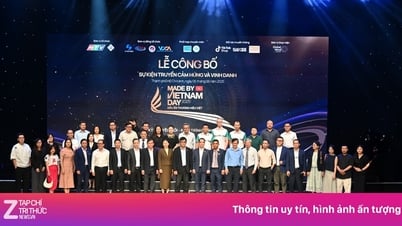





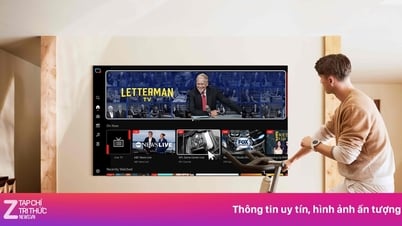










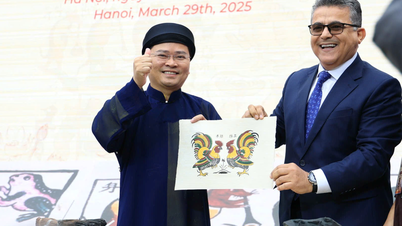








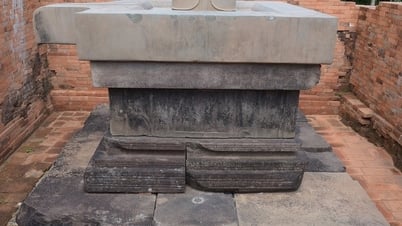





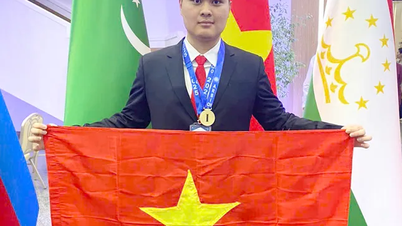





































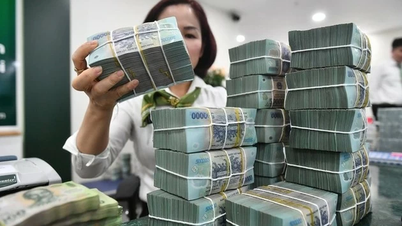




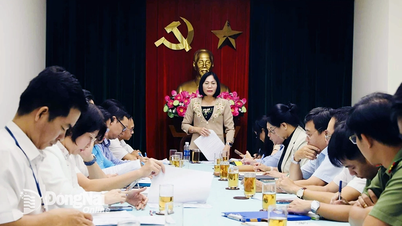
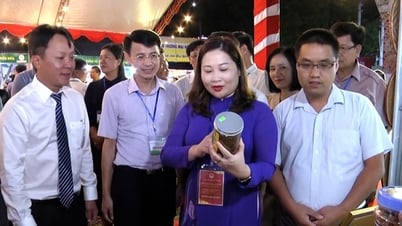








Comment (0)